Optimal Timing for Demolition Services
Determining the optimal time for demolition service depends on various factors including weather conditions, project scope, and local regulations. Typically, the most suitable periods are during mild weather seasons when construction activity is less likely to be disrupted by extreme temperatures or storms. Planning around these conditions can help ensure safety, efficiency, and adherence to project timelines.
Demolition projects are best scheduled during dry, mild weather to prevent delays and safety hazards caused by rain or snow.
Align demolition with construction timelines to minimize downtime and optimize resource allocation.
Coordinate with local authorities to ensure compliance with permits and restrictions, which may vary seasonally.
Avoid periods with high wind or storm activity to reduce risk and potential damage.

Heavy machinery preparing for demolition project.
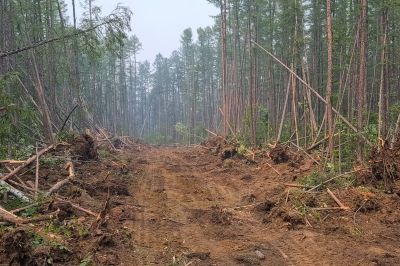
Clearing site before demolition begins.

Workers using safety gear during demolition.
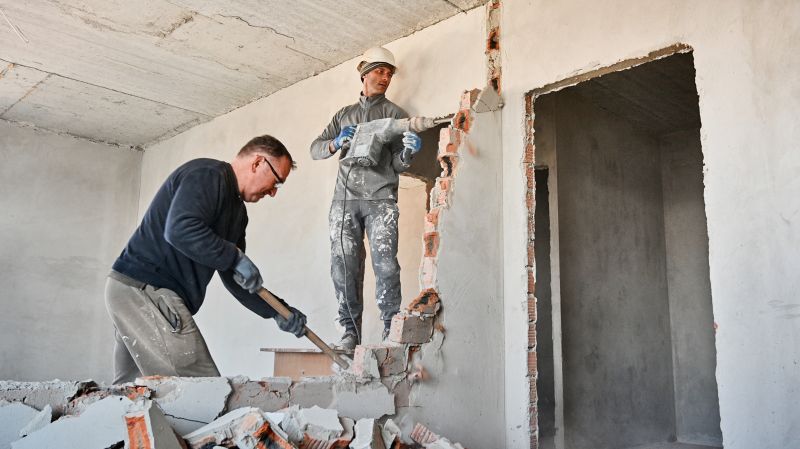
Ways to make Demolition Service work in tight or awkward layouts.
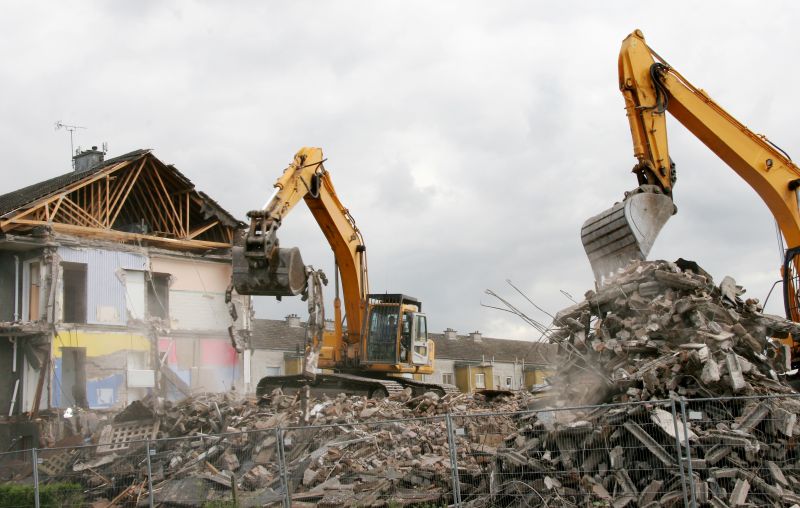
Popular materials for Demolition Service and why they hold up over time.
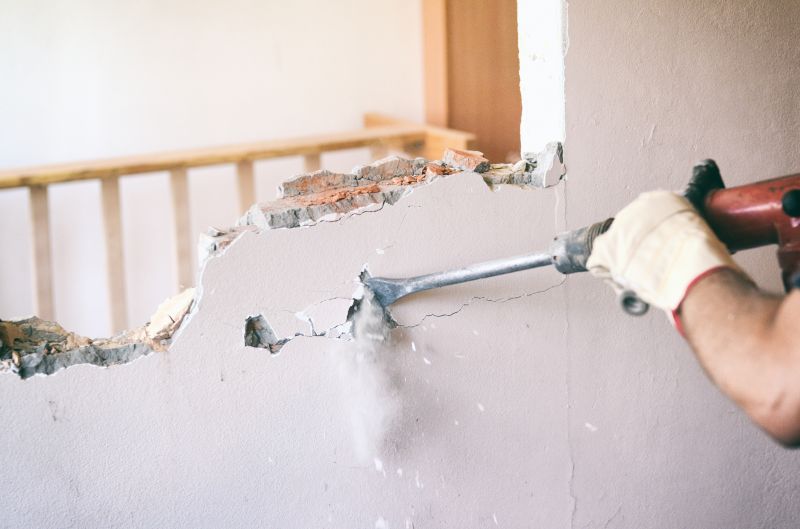
Simple add-ons that improve Demolition Service without blowing the budget.
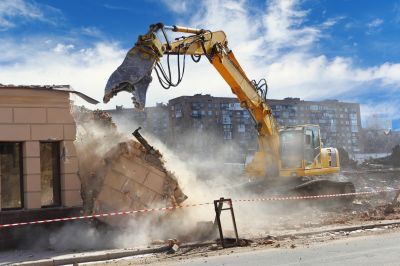
High-end options that actually feel worth it for Demolition Service.
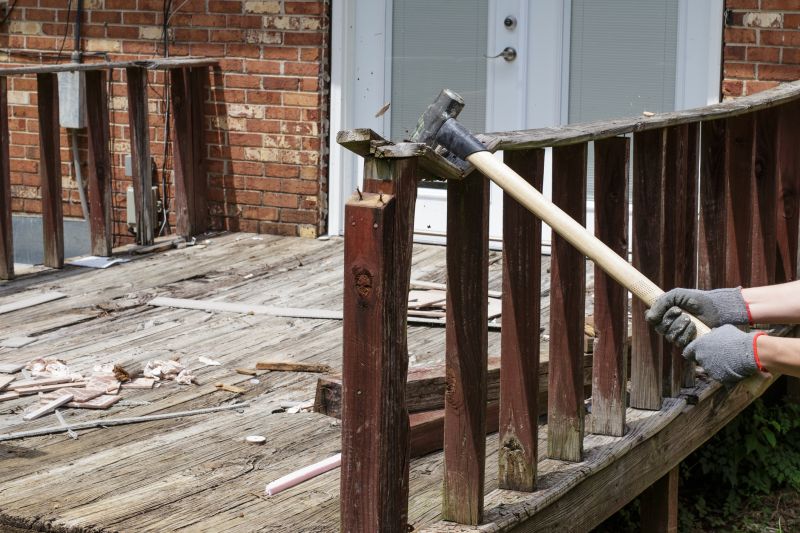
Finishes and colors that play nicely with Demolition Service.
| Factor | Details |
|---|---|
| Weather Conditions | Dry, mild weather reduces delays and safety risks. |
| Project Scope | Larger projects may require more planning and optimal timing. |
| Local Regulations | Permits and restrictions may influence scheduling. |
| Community Impact | Timing can affect neighborhood noise and disturbance. |
| Seasonal Factors | Avoid peak storm seasons or extreme temperatures. |
Demolition services involve the systematic dismantling of structures, often as a precursor to new construction or redevelopment projects. This process requires careful planning, specialized equipment, and adherence to safety standards. Proper timing ensures that demolition activities proceed smoothly, minimizing disruptions and preventing delays. Typically, professionals recommend scheduling demolition during favorable weather conditions to enhance safety and efficiency.

Preparing structures for safe demolition.

Use of explosives or machinery for structure removal.

Clearing debris post-demolition.

Protective gear for demolition workers.

Little measurements that prevent headaches on Demolition Service day.

A 60-second routine that keeps Demolition Service looking new.
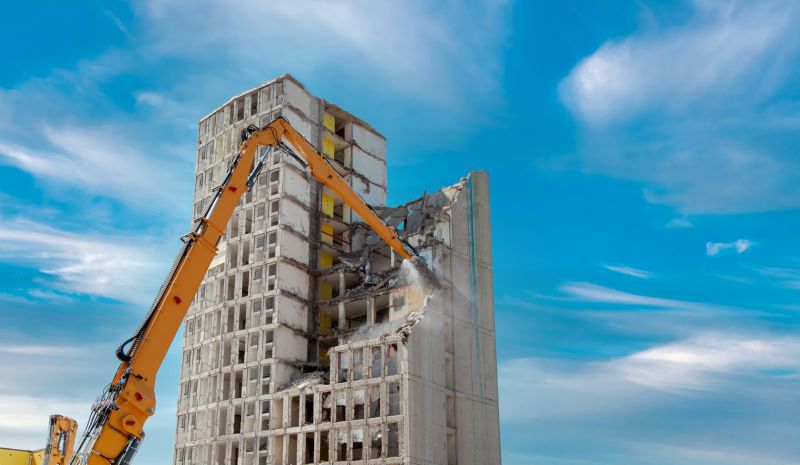
A frequent mistake in Demolition Service and how to dodge it.

Small tweaks to make Demolition Service safer and easier to use.
Securing necessary permits before scheduling demolition.
Keeping an eye on forecast to avoid delays.
Informing local residents and businesses about timing.
Scheduling equipment and personnel for optimal periods.
Interested in scheduling demolition services? Filling out the contact form can provide more information and assist in planning the project at a suitable time. Proper timing and preparation are key to a successful demolition process, ensuring safety, efficiency, and minimal disruption.
